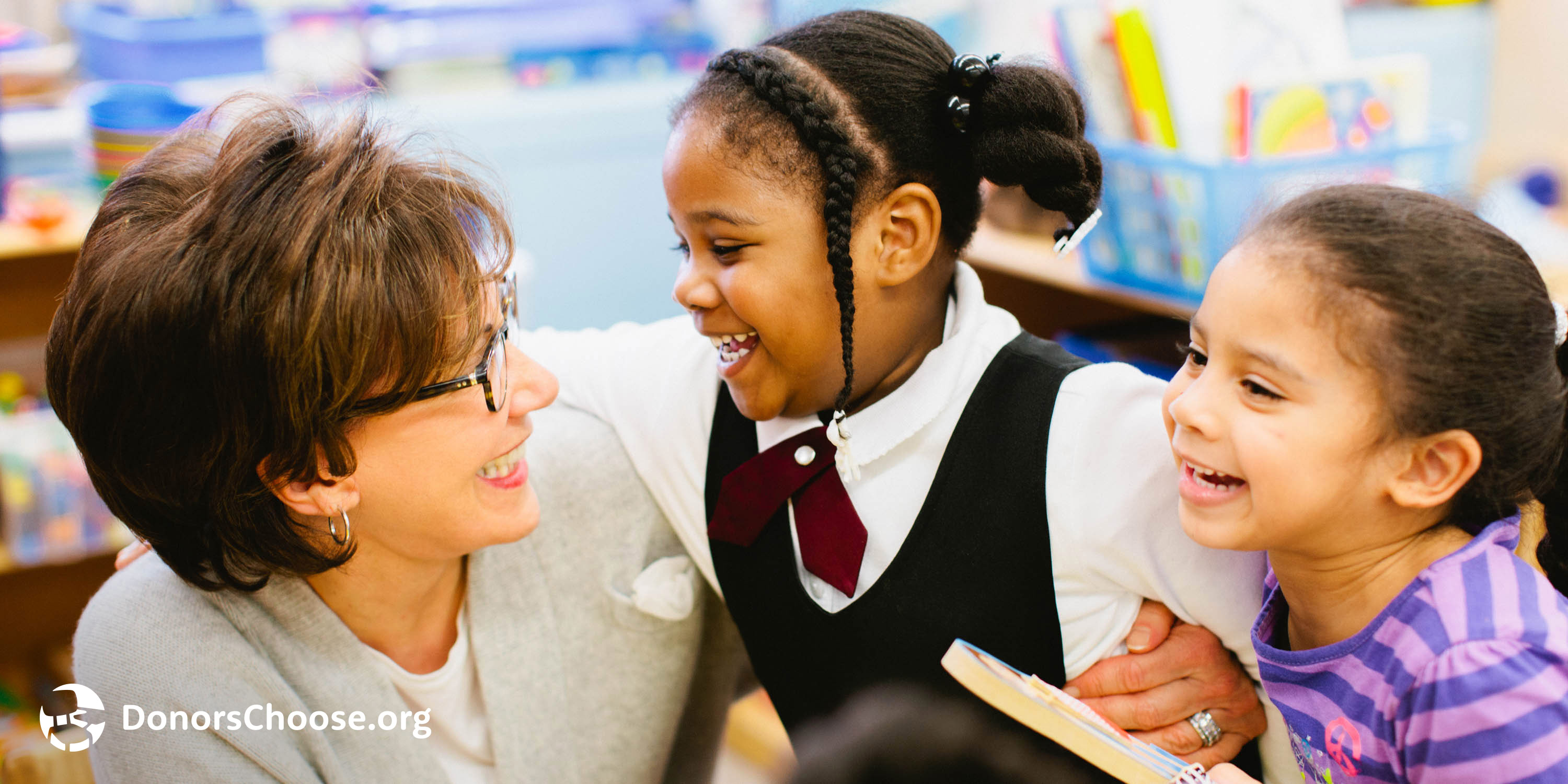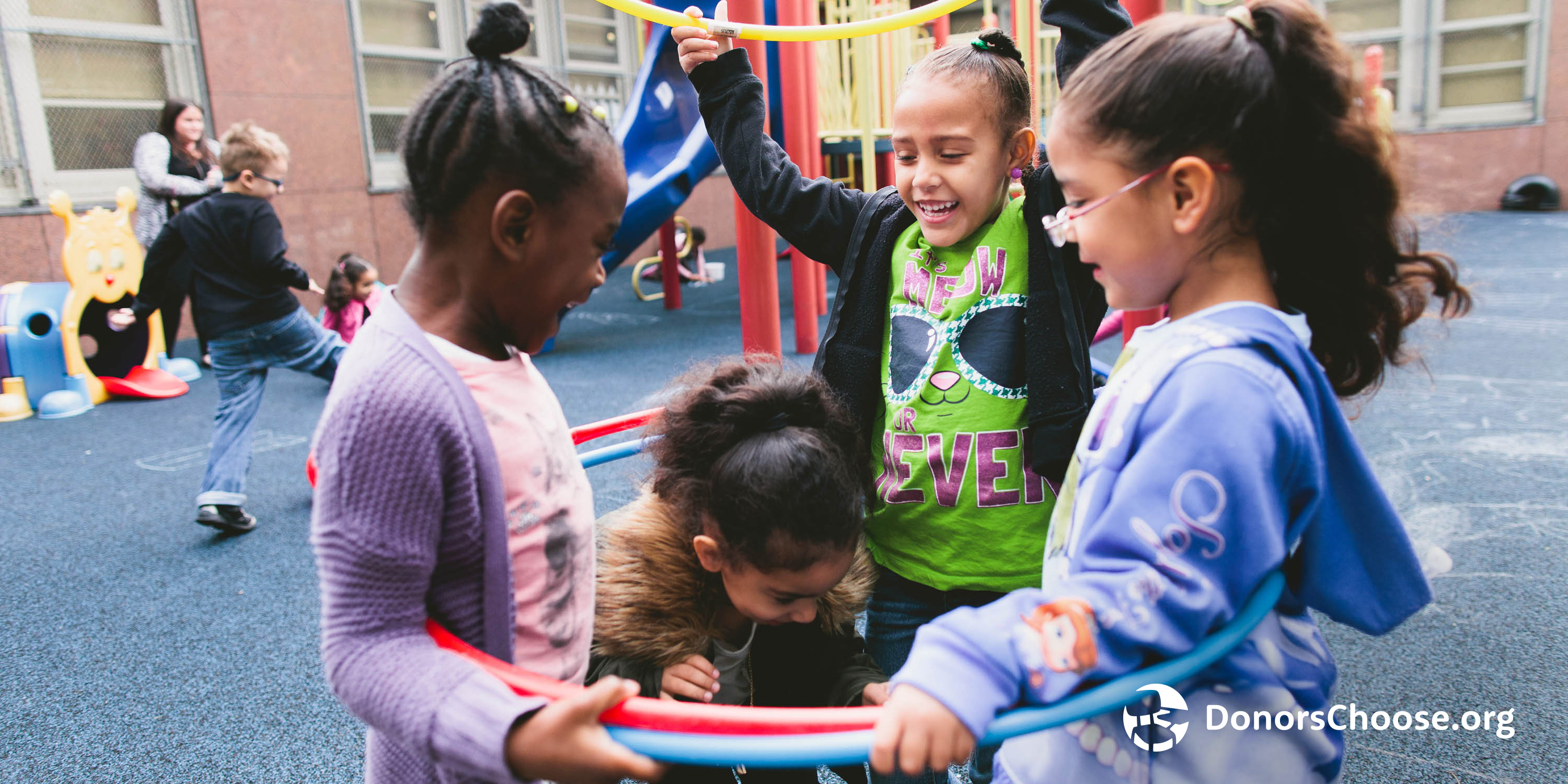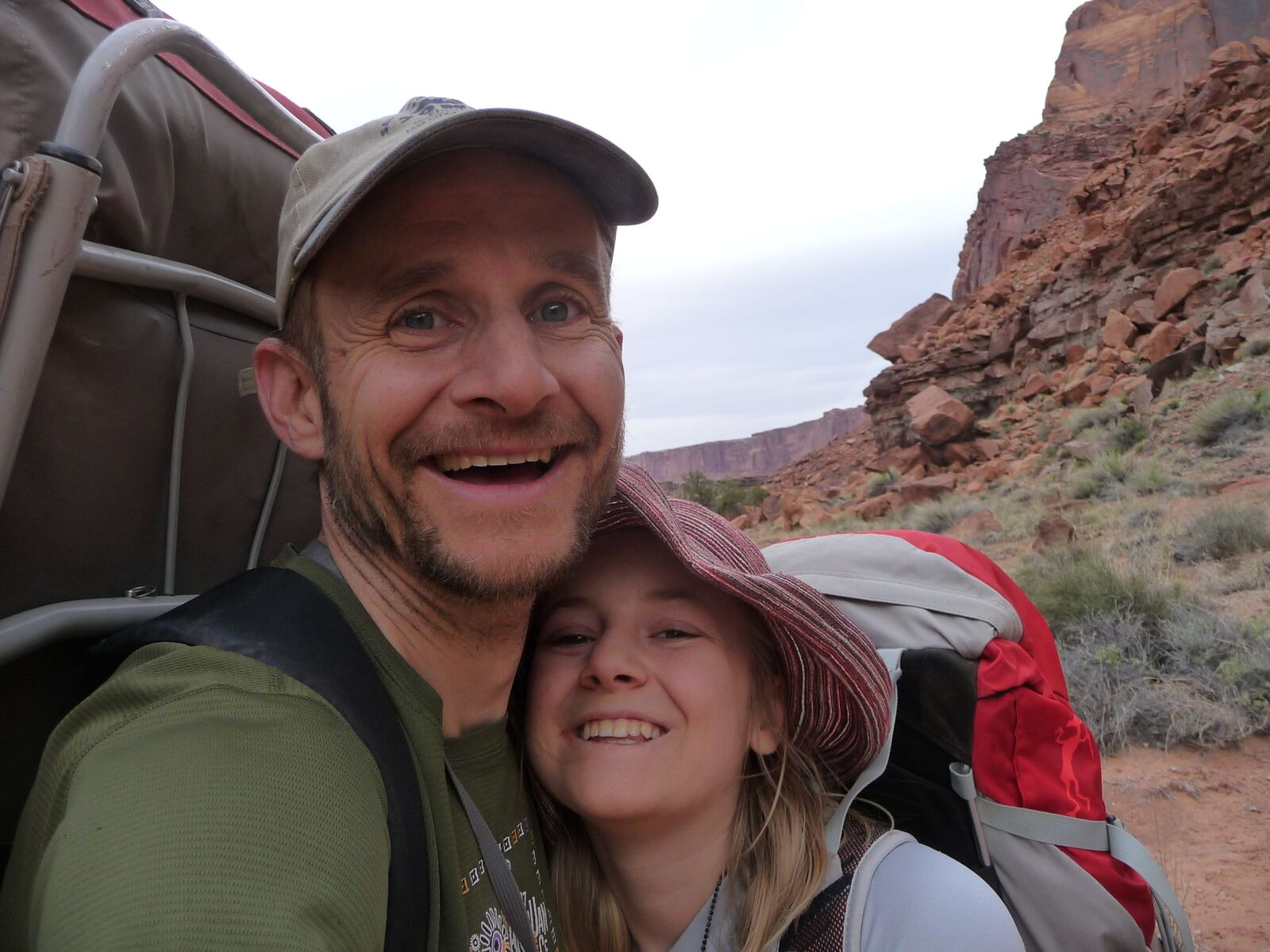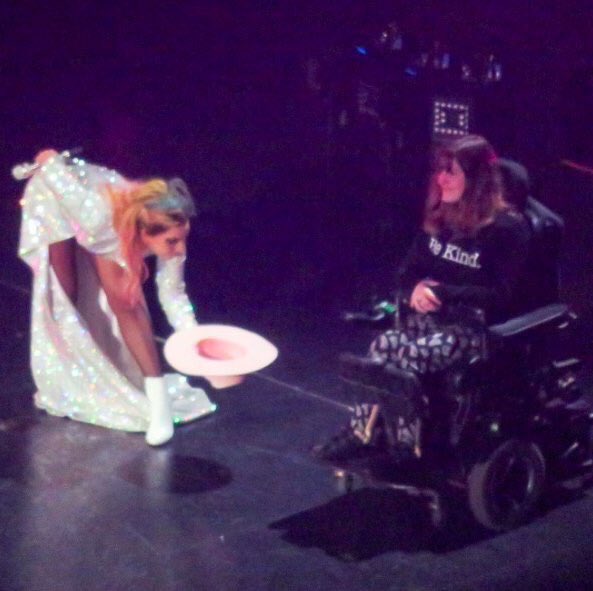Today’s blog comes from a friend of Born This Way Foundation. It is an extremely personal narrative about losing a child and contains descriptions and information about suicide which may be triggering to survivors or to the family and/or friends of victims. If you or someone you know is struggling with suicidal thoughts, please seek help. You can call the National Suicide Prevention Lifeline 24 hours a day assistance.
The alarm went off at 5:23 am on February 2, 2016 and, although it would be a few precious minutes before we realized it, the nightmare that would engulf us had occurred five hours earlier. It had snowed all night piling up over 18” of snow and we had both slept well, perhaps comforted with that blanket of snow covering us like a warm winter quilt. As I often did in the morning, I opened the e-mail on my phone after I turned off the alarm. I first saw a text that had come in during the night telling me that school was cancelled due to the storm, a rare occurrence that would make both kids happy.
I then saw an e-mail from our 14-year old daughter Taya, sent at 11:36 pm the night before with no subject line. It simply read, “I love you.” It was sent to both my wife Jenny and me and my initial reaction was a warm feeling that maybe she was finally realizing that we did love her. Taya had not said those words for many months and she was convinced that we hated her, very typical of a person suffering from Borderline Personality Disorder (BPD). I showed the e-mail to Jenny and we both seemed to realize at the same moment that the e-mail might instead be the sign of something horrible. Jenny took our aging dog Turner downstairs to let him out and I went to check on Taya. I didn’t think she had really done anything, but I wanted that peace of mind that her e-mail had unsettled.
Our bedroom is a half floor above Taya’s so I walked down those stairs, through the hallway and then up the 7 steps to Taya’s bedroom. I opened her door and all looked normal. The shades were pulled tight across her balcony door as  they were day and night. The set of lights that she had recently made out of Christmas lights and a box of cupcake holders were still on and illuminating the space under the loft bed she and I had built together over spring break almost a year ago. The ladder to the loft bed was on the right just inside the doorway and I climbed up the ladder to give Taya the good news about the snow day and to alleviate our fears that something was wrong. I poked my head over the railing and there was no-one in the bed. A huge wave of panic went over me; where was she at 5:30 in the morning? I looked to the left scanning the room and saw her hanging by a noose in the place where her swing was supposed to be. I screamed a noise that Jenny later said she had never heard before, a primal scream of complete horror and despair as if my heart were being ripped out of me alive.
they were day and night. The set of lights that she had recently made out of Christmas lights and a box of cupcake holders were still on and illuminating the space under the loft bed she and I had built together over spring break almost a year ago. The ladder to the loft bed was on the right just inside the doorway and I climbed up the ladder to give Taya the good news about the snow day and to alleviate our fears that something was wrong. I poked my head over the railing and there was no-one in the bed. A huge wave of panic went over me; where was she at 5:30 in the morning? I looked to the left scanning the room and saw her hanging by a noose in the place where her swing was supposed to be. I screamed a noise that Jenny later said she had never heard before, a primal scream of complete horror and despair as if my heart were being ripped out of me alive.
To the outside world Taya was a superstar. At age 14, she was a junior in high school (two grades ahead) and taking calculus at University of Colorado. Her high school selected her as one of three students to participate in a district-wide leadership program. She co-founded the writing club, co-chaired the Environmental Task Force, was featured on the PBS Newshour volunteering to teach seniors how to use computers, and had never received less than an A. She had a beloved best friend and a number of other friends. She was beautiful, charismatic and fun. But she wasn’t happy and it wasn’t just depression. She had a fear of abandonment, alternated between extremes of idealization and devaluation in her close relationships, had an unstable sense of her own identity, often felt empty, had trouble controlling her anger, had dissociative feelings, and – a year and a half earlier – had started an escalating pattern of self-harming behavior. After she died we found her writings including this description of how she often felt:
You don’t know what it’s like, to be bursting like a river inside, so much inside of you and nowhere for it to go. A sea of thoughts and emotions caught, trapped inside your body so you very skin starts to explode. Pores erupting because no one understands, no one cares. No way to escape or get out because it’s all you, creating and filling and stretching your body with feelings. Every day is another straw on the already broken back – you’re just waiting for it to fall apart and disintegrate. The waves rock inside and push and pull and there’s no way to escape, no solace from this never ending nightmare. Everything hurts, just need to be alone and stay alone. Can’t be around anybody who will kill yourself or your body or you, not you but what makes you you. Everybody and everything hurts like salt on a freshly cut wound. A rocket shooting off into space and then being stopped and turned around, because it has no energy left. A spool of golden thread which keeps unraveling and unraveling until there’s nothing left, just a empty roll of cardboard which is tossed away.
We had spoken with Taya about her cutting but we didn’t know how it made her feel until we found this writing after she had died.
 I thought I could get rid of the monster inside of me but I can’t, it lurks and waits and pounces on me when I’m alone at three in the morning with a blade in my hand. We’re all addicted to something that takes the pain away, that makes it better for the smallest amounts of time. My method just happens to be more noticeable than most. And I can’t stop, I don’t know if I’ll ever be able to stop. What hurts the most is having to pretend that nothing hurts, that I’ll always be fine. And every day I cut deeper, bleed more, and hate myself a little bit more. Everyone has scars that they don’t want to talk about. Mine are just on my body as well as in my head. … Everybody hates me. There’s almost no time in my life when I feel alive. I’m alive, so alive, when I can see my blood dripping. I’m so sick inside.
I thought I could get rid of the monster inside of me but I can’t, it lurks and waits and pounces on me when I’m alone at three in the morning with a blade in my hand. We’re all addicted to something that takes the pain away, that makes it better for the smallest amounts of time. My method just happens to be more noticeable than most. And I can’t stop, I don’t know if I’ll ever be able to stop. What hurts the most is having to pretend that nothing hurts, that I’ll always be fine. And every day I cut deeper, bleed more, and hate myself a little bit more. Everyone has scars that they don’t want to talk about. Mine are just on my body as well as in my head. … Everybody hates me. There’s almost no time in my life when I feel alive. I’m alive, so alive, when I can see my blood dripping. I’m so sick inside.
We didn’t know everything going on but we knew Taya was struggling. We had to take her to the psych emergency room two years earlier when she was attacking her older brother and we found an international expert therapist in gifted children based in Canada who worked with her remotely from then until she died. Four months before she died we hospitalized Taya after we found suicide notes on her bed. The hospital released her saying that she was not suicidal. Her therapist said that she didn’t have BPD and rather her behavior was part of being profoundly gifted.
We tried two local therapists to augment the remote therapist but Taya rejected them saying she wouldn’t do any more talk therapy. We then brought her to a psychiatrist who prescribed mood stabilizing medication a few weeks before she died. Previously we had explored medical reasons for her behavior, had gotten an intensive hearing evaluation, had taken blood work and had consulted with an expert in residential psychiatric hospitals. Nothing made sense until a school counselor told us she thought Taya had a personality disorder. Jenny, our son and I independently looked at the criteria for the various personality disorders and we all immediately pinpointed BPD as a clear description of Taya’s behaviors. The writings, social media posts, blogs and texts we found after she died only reinforced our belief that she had BPD.
Anywhere from 2%1 to 6%2 of the general public suffer from BPD and is an exceedingly difficult disease to treat as up to 10% of BPD sufferers die by suicide345. Ninety percent of people with BPD attempt suicide6 and the average BPD sufferer has more than three lifetime attempts7. Astonishingly, mental health professionals often refuse to diagnose BPD until the victim is at least 18 years old for fear that the symptoms of BPD might be confused with adolescence or that it would stigmatize the victim8. (The primary treatment for BPD is Dialectical behavioral therapy (DBT), an intensive form of mindfulness training that would certainly not harm – and would likely help – an adolescent who might be misdiagnosed as BPD.)
It is clear, however, that BPD begins in childhood and adolescence9. Kiera Van Gelder10, Stacy Pershall11, Susanna Kaysen12 and Rachel Reiland13 wrote books about their experience with BPD and each describes the symptoms as beginning in childhood or adolescence. In our post-suicide journey we have met many other parents in this horrible club who have lost children the same way as us. And, many of them have lost children to BPD. BPD is a killer that is taking away thousands of young people every year and much of our mental health system is not activated to address BPD in children and adolescents.
We have compiled Taya’s writings into a self-published book and I am putting together the story of her disease in a book that intertwines her writings, social media, texts and correspondence with our observations. A few months ago I quit my job after 26 years in the same field to take the position as CEO of PathPoint, an award-winning California non-profit dedicated to helping people with physical, developmental and psychiatric disabilities or disadvantages to reach their fullest potential.
I feel a kinship with the people PathPoint serves and their families. I will do everything I can to help other families not go through what we did and, most importantly, help other young people like Taya get the support they need. Identifying BPD in adolescents and getting them help sooner would be a huge step.
May all young people take hold and put these words into action that Taya wrote just a short time before she left us:
I am human.
And I can fly. I can float up upon the thoughts of a purring kitten, lift myself past the barriers. I can learn, write, fill my small mortal body with thoughts and ideas and emotions so intense that they physically affect me. I can understand myself, and the people around me. I can say what I think, even if it isn’t the right thing to say. I have a voice, an opinion, a life. I have myself, and no one will ever take that away from me.
I am human, and I am unstoppable.
[1] Blaise A. Aguirre, MD, Borderline Personality Disorder in Adolescents (Fair Winds Press, 2007) 16.
[2] Jerold J. Kreisman, MD, and Hal Straus, I Hate You – Don’t Leave Me, Understanding the Borderline Personality (Penguin Group, 2010), 5.
[3] Thomas Joiner, Why People Die By Suicide (Harvard University Press, 2005) 20.
[4] Paul T. Mason, MS and Randi Kreger, Stop Walking on Eggshells (New Harbinger Publications, 2010), 33.
[5] Aguirre, 12.
[6] Aguirre, 16.
[7] Joiner 196.
[8] Aguirre, 22-23.
[9] Aguirre, 201-202.
[10] Kiera Van Gelder, The Buddha and the Borderline, (New Harbinger Publications, Inc., 2010), prologue.
[11] Stacy Pershall, Loud in the House of Myself (W.W. Norton and Company, 2011), 6-25.
[12] Susanna Kaysen, Girl Interrupted (Vintage Books, 1993), 6-9.
[13] Rachel Reiland, Get Me Out of Here (Hazelden, 2004), 1-6.







 they were day and night. The set of lights that she had recently made out of Christmas lights and a box of cupcake holders were still on and illuminating the space under the loft bed she and I had built together over spring break almost a year ago. The ladder to the loft bed was on the right just inside the doorway and I climbed up the ladder to give Taya the good news about the snow day and to alleviate our fears that something was wrong. I poked my head over the railing and there was no-one in the bed. A huge wave of panic went over me; where was she at 5:30 in the morning? I looked to the left scanning the room and saw her hanging by a noose in the place where her swing was supposed to be. I screamed a noise that Jenny later said she had never heard before, a primal scream of complete horror and despair as if my heart were being ripped out of me alive.
they were day and night. The set of lights that she had recently made out of Christmas lights and a box of cupcake holders were still on and illuminating the space under the loft bed she and I had built together over spring break almost a year ago. The ladder to the loft bed was on the right just inside the doorway and I climbed up the ladder to give Taya the good news about the snow day and to alleviate our fears that something was wrong. I poked my head over the railing and there was no-one in the bed. A huge wave of panic went over me; where was she at 5:30 in the morning? I looked to the left scanning the room and saw her hanging by a noose in the place where her swing was supposed to be. I screamed a noise that Jenny later said she had never heard before, a primal scream of complete horror and despair as if my heart were being ripped out of me alive. I thought I could get rid of the monster inside of me but I can’t, it lurks and waits and pounces on me when I’m alone at three in the morning with a blade in my hand. We’re all addicted to something that takes the pain away, that makes it better for the smallest amounts of time. My method just happens to be more noticeable than most. And I can’t stop, I don’t know if I’ll ever be able to stop. What hurts the most is having to pretend that nothing hurts, that I’ll always be fine. And every day I cut deeper, bleed more, and hate myself a little bit more. Everyone has scars that they don’t want to talk about. Mine are just on my body as well as in my head. … Everybody hates me. There’s almost no time in my life when I feel alive. I’m alive, so alive, when I can see my blood dripping. I’m so sick inside.
I thought I could get rid of the monster inside of me but I can’t, it lurks and waits and pounces on me when I’m alone at three in the morning with a blade in my hand. We’re all addicted to something that takes the pain away, that makes it better for the smallest amounts of time. My method just happens to be more noticeable than most. And I can’t stop, I don’t know if I’ll ever be able to stop. What hurts the most is having to pretend that nothing hurts, that I’ll always be fine. And every day I cut deeper, bleed more, and hate myself a little bit more. Everyone has scars that they don’t want to talk about. Mine are just on my body as well as in my head. … Everybody hates me. There’s almost no time in my life when I feel alive. I’m alive, so alive, when I can see my blood dripping. I’m so sick inside.